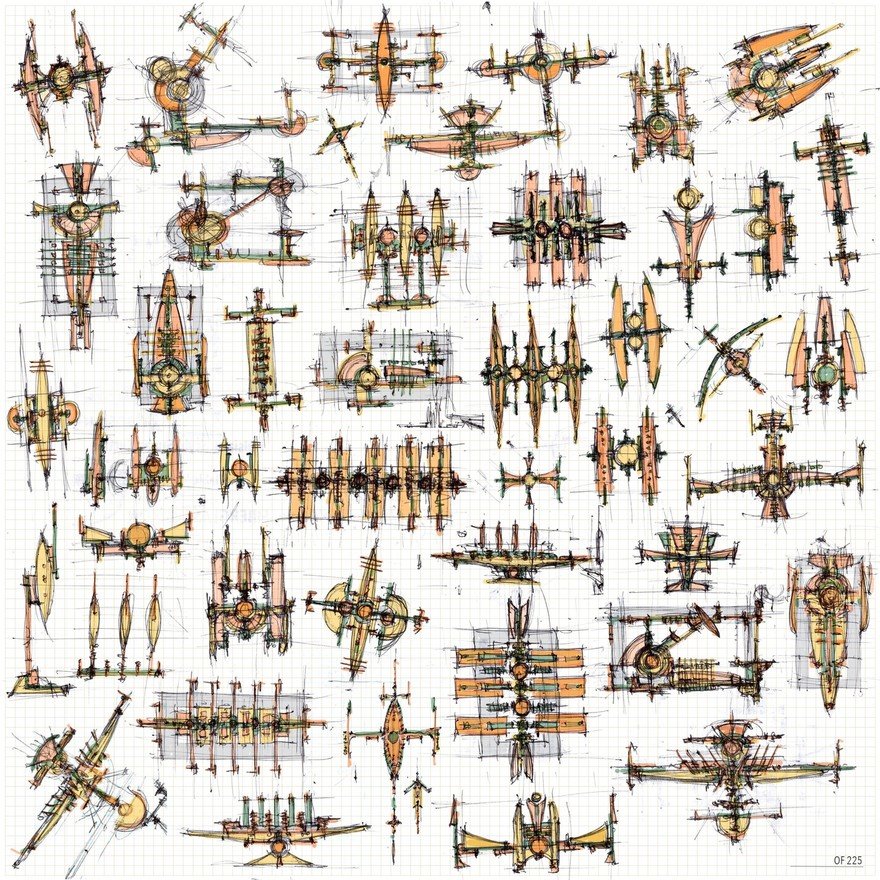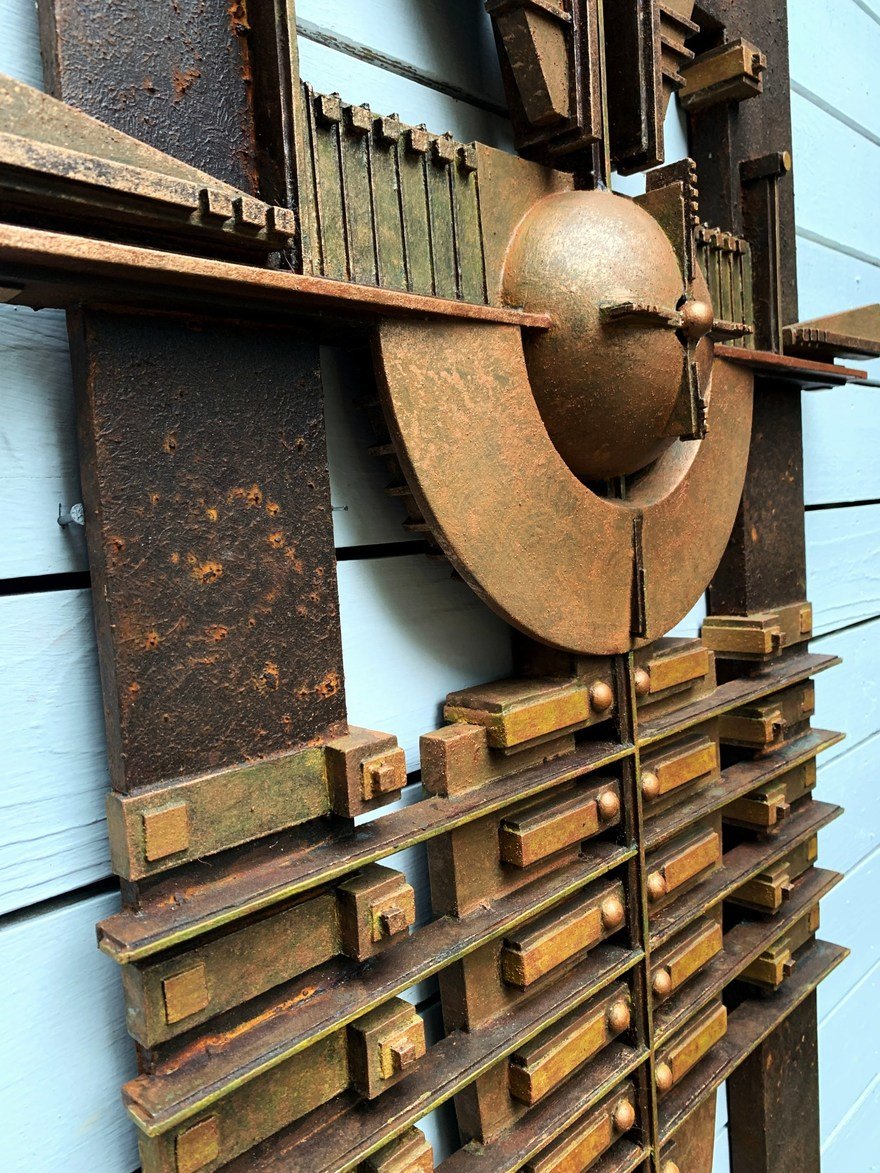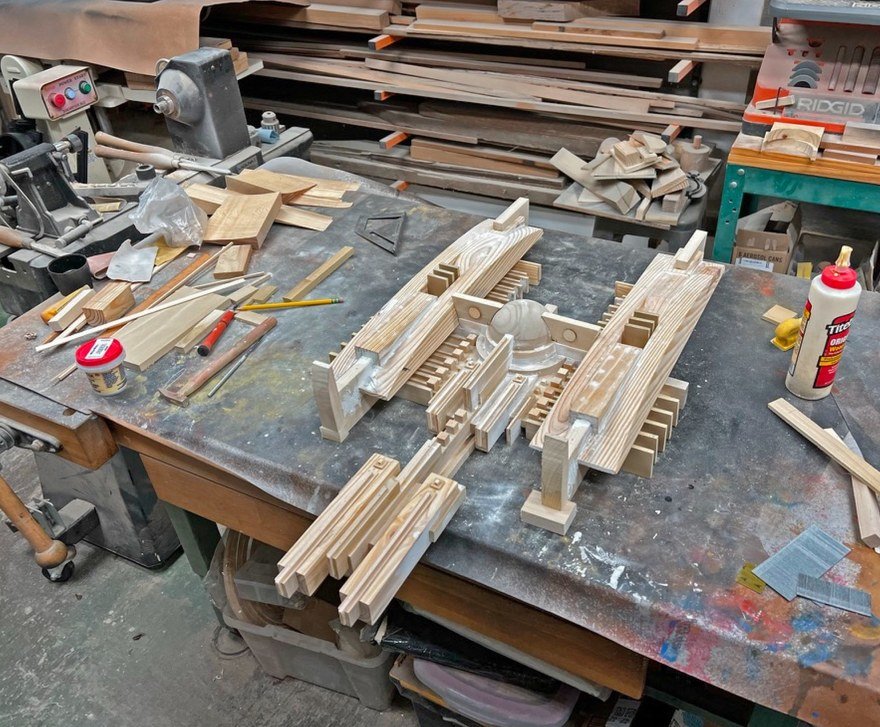Robert Obier has taken an unusual vocational path: Architecture degree from LSU, followed by a Masters of Industrial Design from ArtCenter. After all that, he opted to become a fine artist. Hopefully that’s more to do with Obier’s passions than being a damning indictment of the two fields closest to us.
The prolific Obier produces sculptural artworks that bear hints of Art Deco and Frank Lloyd Wright, with a dash of 20th-Century-sci-fi thrown in.

My exploration of form is rooted in my passion for design, invention and technology. From the artful drawings of Leonardo Di Vinci to the computer generated creations of Industrial Light and Magic, I am inspired by the human imagination and I strive to understand the hidden unifying principals that shape our understanding of the world and are the genesis of our best creations.






My work explores the fusion of the disciplines of architecture, industrial design and fine art. Each piece is as much a realization of an abstract design concept as it is a unique work of three-dimensional art.






A strict and systematic organization of components define this work and manifest a distinct unifying methodology that has both physical and spiritual origins. At first glance, the geometric forms seem strangely familiar as if seen somewhere before – but where – when? Upon closer examination – perhaps the designs are remnants of some distant and secrete civilization or even an, as of yet, unknown and mysterious future. The forms are intentionally abstract giving shape to that initial “spark” of design inspiration. Schematic concepts emerge as built objects without the practical or functional restrictions that necessarily accompany the development of an architectural or industrial product.





The final sculpted artwork is usually derived from an initial “thumbnail” sketch. The preliminary shapes are often explored and refined through multiple iterations as 3-d computer models. The work combines the “tried and true” techniques of old-fashioned craftsmanship with today’s most advanced rapid prototyping technologies such as CAD modeling, 3-D printing, and CNC fabrication. From creation through completion this dichotomy of ‘handmade’ and ‘computer generated’ informs the development and execution of the work.





Particular finish applications such as weathering and rust recall an ‘earlier time’ in the story of certain pieces – the scars of a past life. Nevertheless, the work has a timeless quality – seeming to exist in the past, the present and the future – simultaneously.




Obier has plenty more to see here.












